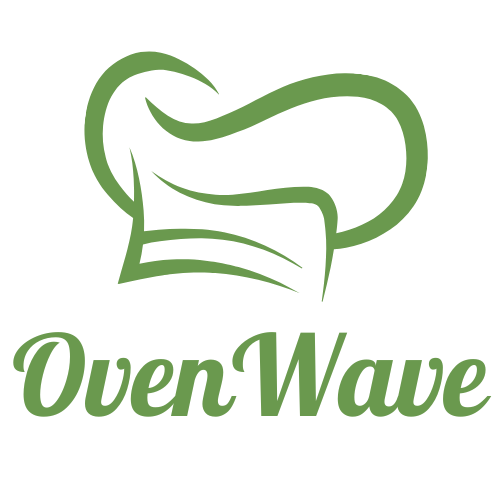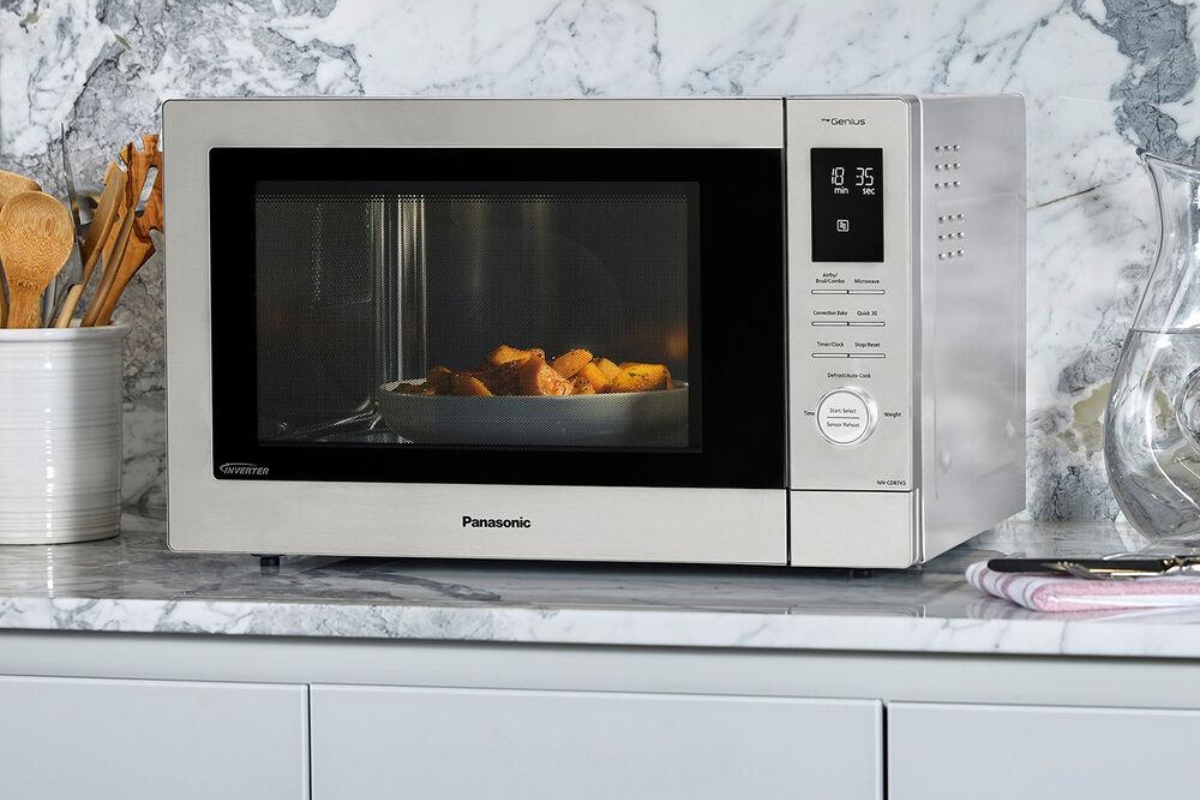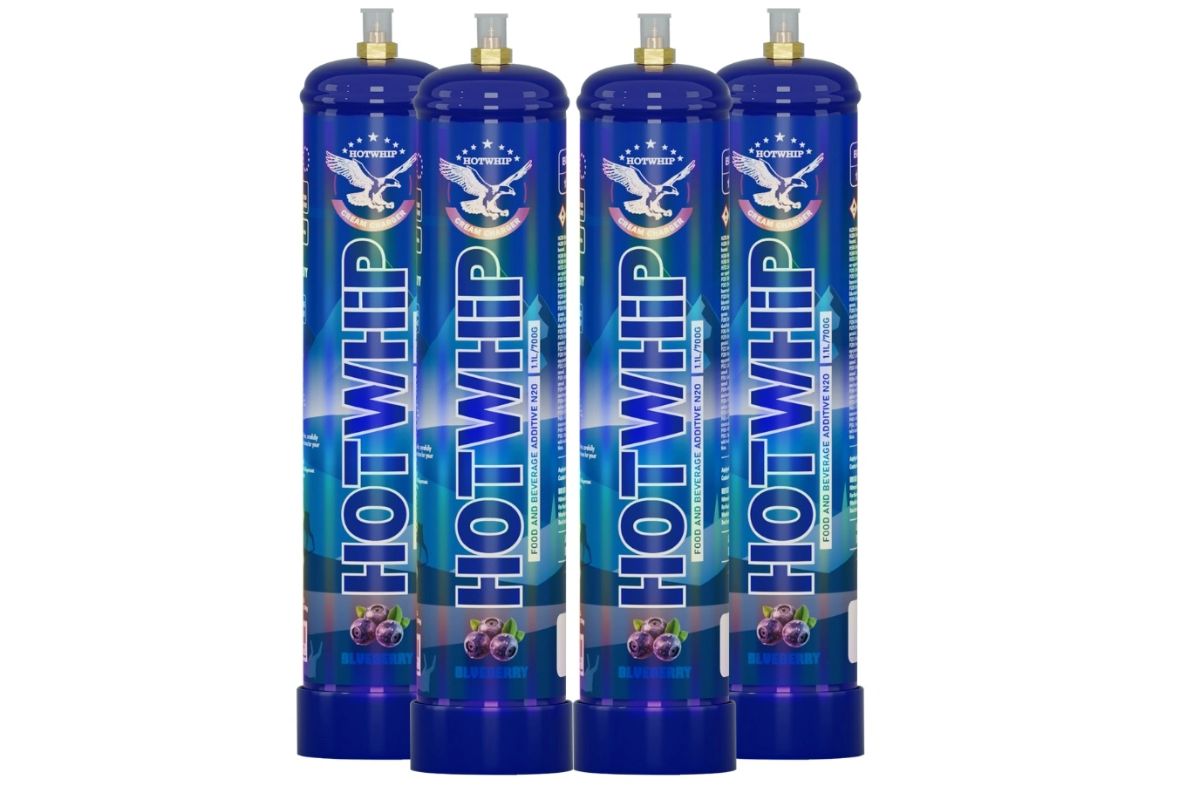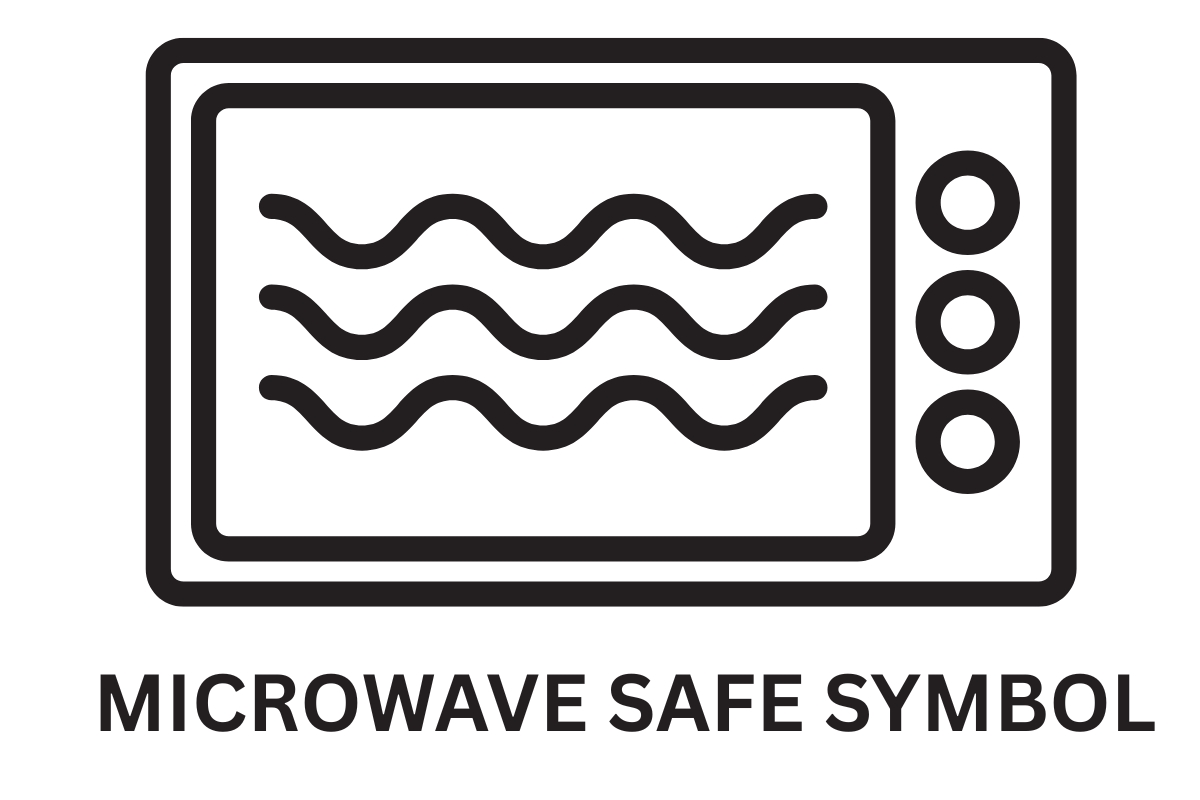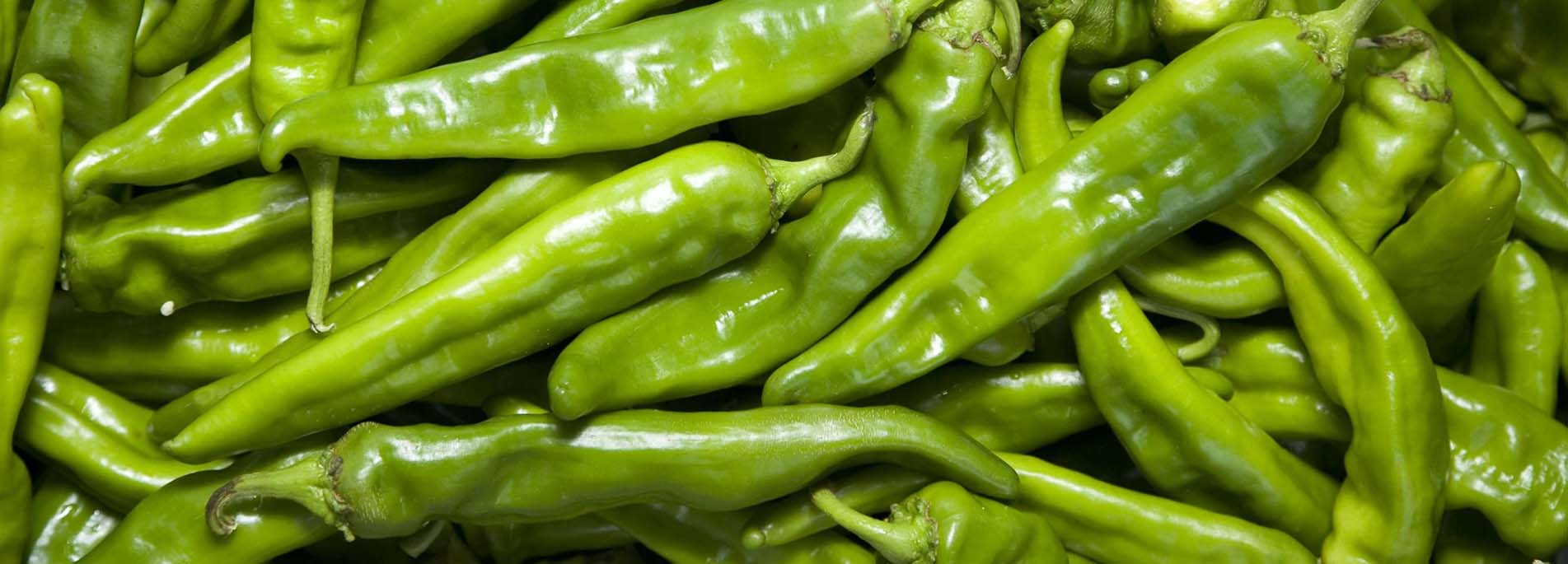Choosing the right microwave safe materials for your microwave is essential for both safety and food quality. Different materials respond to microwave heat in different ways, and understanding which ones are safe can help you avoid accidents like melting containers or harmful chemicals leaking into your food. One helpful tip is to look for the microwave safe symbol on containers, which indicates they’re designed to withstand microwave heating. In this post, we’ll dive into the materials that are usually safe for the microwave and discuss what makes them suitable.
Glass Cookware
Glass is one of the most reliable and common materials used in microwave-safe cookware. It is heat-resistant and non-reactive, meaning it doesn’t release harmful chemicals when exposed to microwave heat. Heat-resistant glass, such as Pyrex, is designed to handle microwave temperatures without breaking down, making it a safe choice for cooking or reheating food.
Common Glass Cookware Items That Are Microwave Safe
Many common glass items are microwave-safe, including:
- Glass bowls: These are perfect for reheating leftovers or microwaving ingredients.
- Measuring cups: Pyrex measuring cups are a great example, made to handle both heat and liquid measurements in the microwave.
- Storage containers: Look for microwave-safe glass storage containers for reheating meals safely.
What to Check Before Using Glass in the Microwave
Not all glass cookware is microwave-safe, so always check for the microwave-safe symbol. Be mindful of any chips or cracks in the glass, as these can cause the glass to break under heat. If the glass is not labeled as microwave-safe, avoid using it, even if it seems durable.
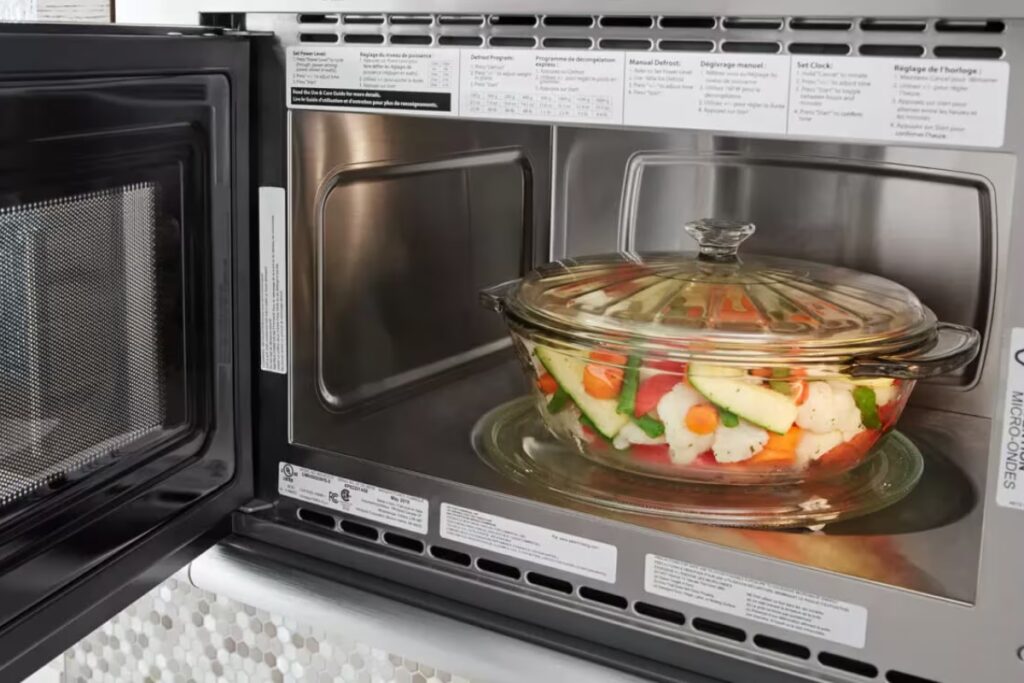
Ceramic Cookware
Ceramic is another popular microwave-safe material. Like glass, ceramic is non-reactive, so it doesn’t release harmful substances when microwaved. It also distributes heat evenly, making it great for reheating food.
Types of Ceramic Cookware Safe for Microwaving
Many types of ceramic cookware are microwave safe, including:
- Ceramic mugs: Perfect for warming beverages or reheating small amounts of food.
- Plates and bowls: These are often used for reheating or cooking in the microwave.
Considerations for Using Ceramic in the Microwave
While ceramic is generally microwave-safe, you need to watch out for certain issues. For instance, ceramics with metallic accents or glazes are not microwave safe. The metal can cause sparks or even start a fire in the microwave. Always check for the microwave-safe symbol and avoid ceramics with metallic designs when using them in the microwave.
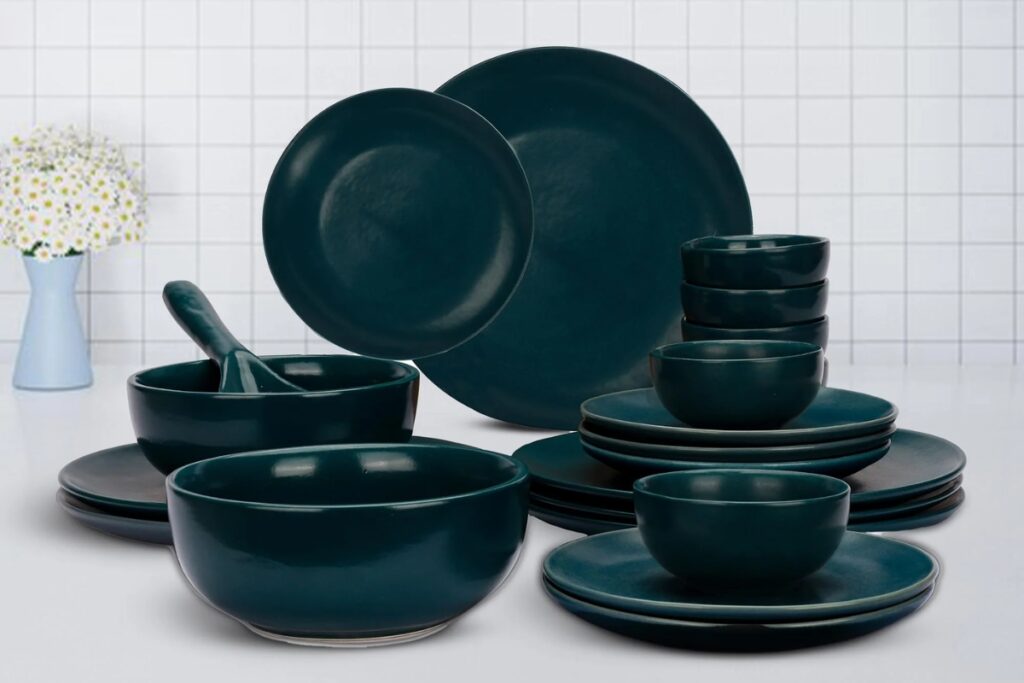
Certain Plastics
What Makes Plastic Microwave SafeNot all plastics are created equal when it comes to microwaving. Some plastics are specifically made to withstand microwave heat, and these are labeled as microwave-safe. These plastics are designed to handle heat without melting, warping, or releasing harmful chemicals into your food.
Plastic Containers That Are Typically Microwave Safe
Common microwave-safe plastic items include:
- Food storage containers: Look for BPA-free plastic containers labeled as microwave safe.
- Microwave-safe plastic bowls: These are perfect for reheating leftovers or cooking certain foods in the microwave.
What to Watch Out for When Using Plastics in the Microwave
While plastic containers can be safe for the microwave, not all plastics are microwave-safe. Containers that are old, scratched, or not labeled microwave-safe can become damaged or leach chemicals when heated. Always check for the microwave-safe symbol and avoid using plastic containers that are not specifically marked as safe for the microwave.
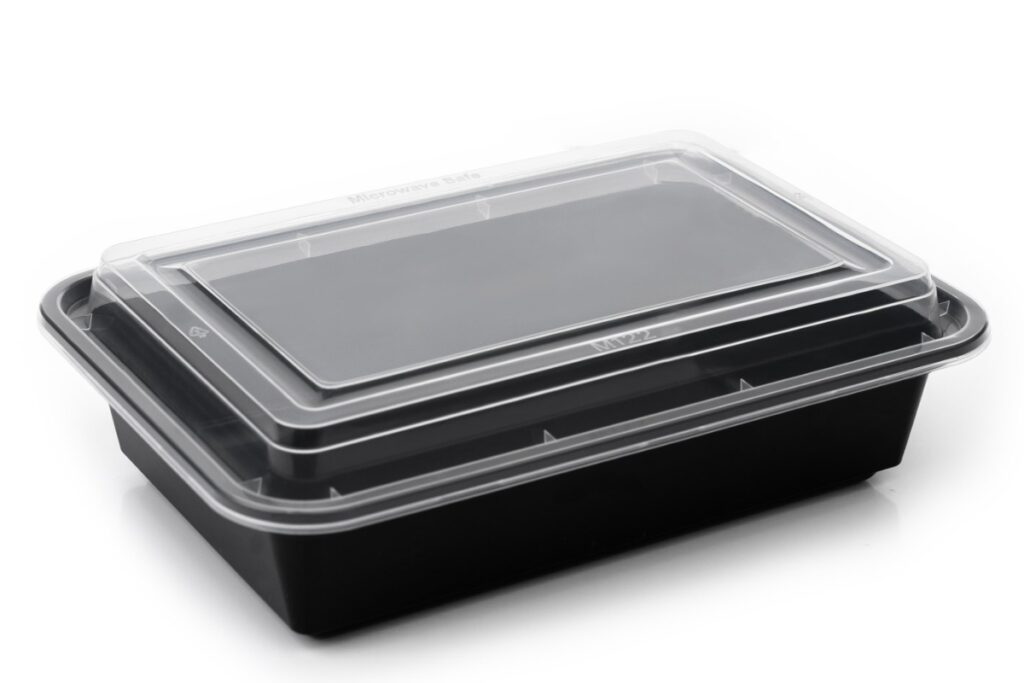
Other Microwave Safe Materials
Silicone
Silicone is another excellent microwave safe material. It is flexible, heat-resistant, and does not release harmful chemicals when exposed to microwave radiation. Silicone bakeware and kitchen tools are microwave safe, and they come in a variety of forms, such as baking mats, molds, and even silicone cooking spoons.
Paper Products
Some paper products can also be used safely in the microwave. For example:
- Microwave-safe paper towels can be used to cover food and prevent splatters.
- Wax paper is another great option for covering food.
- Paper plates labeled as microwave-safe can also be used for reheating food in the microwave.
However, be careful with paper products that are not designed for the microwave. Regular paper products, like regular napkins or cheap paper plates, can catch fire or release harmful chemicals when microwaved.
FAQs:
Can all plastic containers go in the microwave?
No, only microwave-safe plastics can be used in the microwave. Always check for the microwave-safe symbol.
Is it safe to microwave food in ceramic bowls?
Yes, ceramic bowls are usually microwave-safe, but avoid those with metallic accents or glazes.
Can I microwave Pyrex glass cookware?
Yes, Pyrex glass is microwave-safe. Make sure it’s free of cracks or chips before use.
How do I know if my plastic container is microwave-safe?
Check for the microwave-safe symbol or look for containers labeled BPA-free.
Is silicone microwave-safe?
Yes, silicone cookware is safe for microwaving, as it can handle high temperatures without damage.
Can I use paper plates in the microwave?
Only microwave-safe paper plates are safe. Ensure the plates are labeled for microwave use to avoid fires or chemical releases.
